| Wednesday, February 17, 2021 | |
Session 1: Planning on Times of Economic and Climate Change |
|
| 10:30 | Introduction by Session Chair |
| 10:40 | Keynote |
Drivers of Digitalisation: What is Digitalisation and Why can it Change so much? |
|
Gregor Hopf, Professor for Digital Transformation, Duale Hochschule Baden-Württemberg (State Cooperative University Baden-Württemberg) Drivers of Digitalisation: What is Digitalisation and Why can it Change so much?
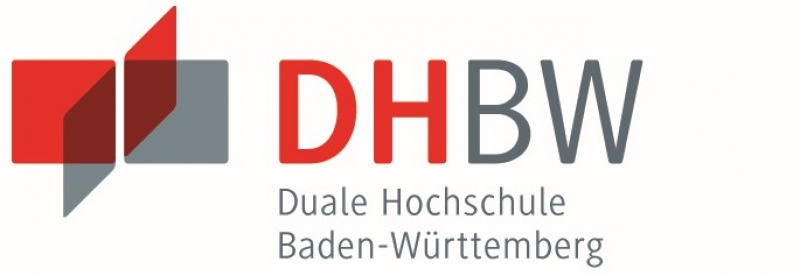 Abstract Biography |
|
| 11:00 | How can a supplier help its customers fight climate change in the semiconductor industry? -The Air Liquide case- |
Ashutosh Misra, Group VP Sustainability, Air Liquide How can a supplier help its customers fight climate change in the semiconductor industry? -The Air Liquide case-
 Abstract Biography |
|
| 11:20 | Efficiently managing your resources in production – I4.0 and AI are the keys to success |
Frank Melzer, CTO, Festo SE & Co. KG. Efficiently managing your resources in production – I4.0 and AI are the keys to success
 Abstract Biography |
|
| 11:40 | Meet the Expert |
Session 2: Smart Fab Solutions for Smarter Process Tools |
|
| 12:00 | Introduction by Session Chair |
| 12:10 | Introduction |
James Robson, Corporate Vice President / Regional General Manager, Applied Materials Europe Introduction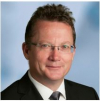
 Abstract Biography |
|
| 12:15 | Keynote |
Smarter tools for smarter fabs - taking automation to the next level |
|
Rüdiger Dorn, Industry Lead Hightech & Semiconductors, Google Corporation Smarter tools for smarter fabs - taking automation to the next level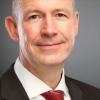
 Abstract Biography |
|
| 12:35 | AMLS Hybrid Implant Technology and Product |
George Horn, Director, Middlesex Industries SA AMLS Hybrid Implant Technology and Product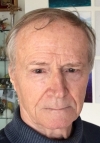
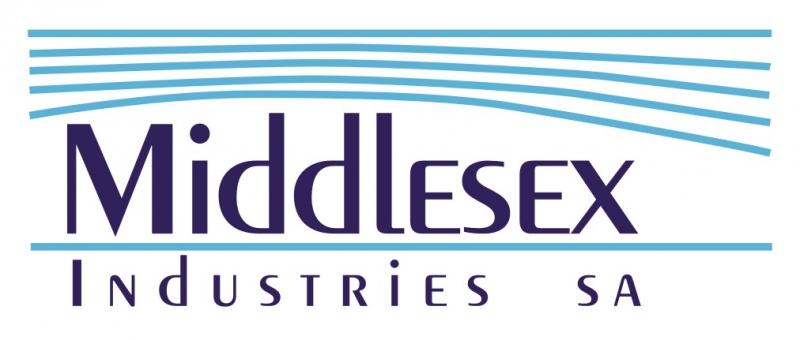 Abstract Biography |
|
| 12:55 | Cost-effective Automation for Legacy Factories |
Doug Suerich, Product Evangelist, PEER Group Cost-effective Automation for Legacy Factories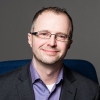
 Abstract Biography |
|
| 13:15 | Correct Material Selection and Life-Time Prediction of Elastomer Parts Using FEA Simulations |
Murat Gulcur, Material Development Manager, Trelleborg Sealing Solutions Correct Material Selection and Life-Time Prediction of Elastomer Parts Using FEA Simulations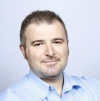
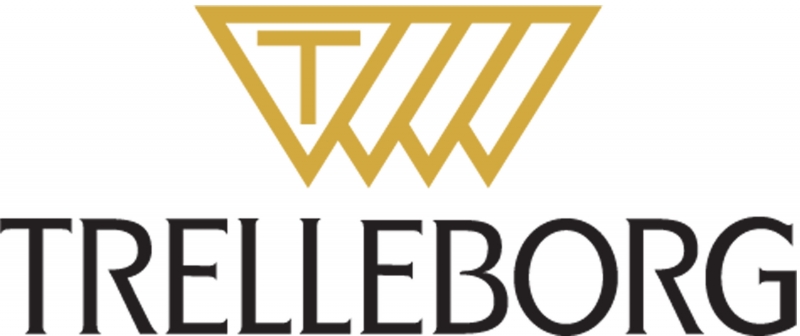 Abstract Biography |
|
| 13:35 | Future wafer handling concept powered by permanent magnetic levitation |
Joachim Frangen, Chief Expert Production Automation Engineering, Robert Bosch GmbH Future wafer handling concept powered by permanent magnetic levitation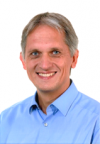
 Abstract Biography |
|
| 13:55 | Meet the Experts |
Session 3: Process and Equipment Transformation |
|
| 14:15 | Introduction by Session Chair |
| 14:25 | How Precision Maintenance Enables Agile Fabs |
Ariel Meyuhas, Founding Partner and COO, MAX Group How Precision Maintenance Enables Agile Fabs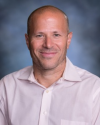
 Abstract Biography |
|
| 14:45 | Data Sharing and the Cost of Inaction |
Erik Collart, Global Product Manager EdCentra, Edwards Data Sharing and the Cost of Inaction
 Abstract Biography |
|
| 14:55 | Technology and Equipment Roadmaps Enabling the More-than-Moore Wave |
Mike Rosa, Sr Director, Technical Marketing, Applied Materials Technology and Equipment Roadmaps Enabling the More-than-Moore Wave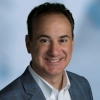
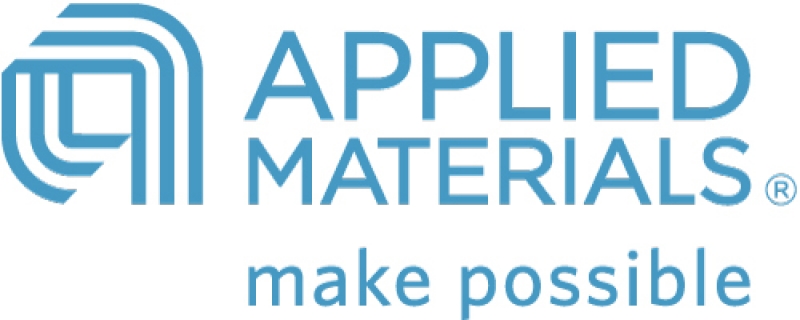 Abstract Biography |
|
| 15:15 | Evolution of Smart Manufacturing - Integrated and Collaborative Smart Systems |
John Behnke, General Manager Final Phase Systems, INFICON Evolution of Smart Manufacturing - Integrated and Collaborative Smart Systems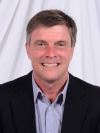
 Abstract Biography |
|
| 15:35 | SEMI S30 - Safety Guideline for use of energetic materials in semiconductor R&D and manufacturing processes |
Hassan Samadi, Application Engineer, Edwards Vacuum SEMI S30 - Safety Guideline for use of energetic materials in semiconductor R&D and manufacturing processes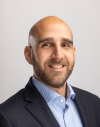
 Abstract Biography |
|
| 15:45 | Atomic Layer Deposition process and equipment set to transform the More-than Moore era |
Patrick Rabinzohn, Business Executive, Semiconductor Business Line, Beneq Atomic Layer Deposition process and equipment set to transform the More-than Moore era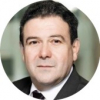
 Abstract Biography |
|
| 16:05 | From Smart Manufacturing Vision to Innovative Advanced Service Solutions |
Eyal Shekel, Senior Vice President Service Strategy and Excellence, Tokyo Electron Limited From Smart Manufacturing Vision to Innovative Advanced Service Solutions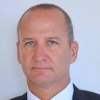
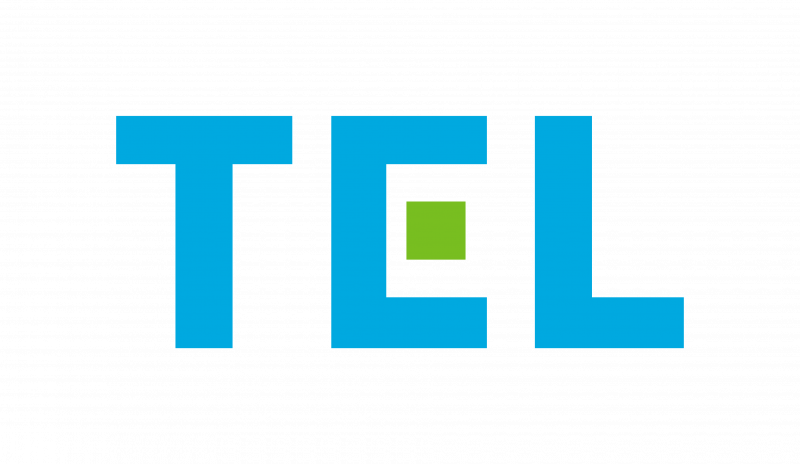 Abstract Biography |
|
| 16:15 | Meet the Experts |
Session 4: Skills in the Workforce and People in Processes |
|
| 16:35 | Introduction by Session Chair |
| 16:45 | Where is the next generation of technology experts? |
Andreas Schleicher, Director for Education and Skills, OECD Where is the next generation of technology experts?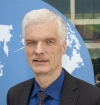
 Abstract Biography |
|
| 17:05 | Skills in the Workforce and People in Processes |
Andreas C. Zimmer, Executive Search & Selection Consultant, ZIAN & Co industrial consulting and recruitment Skills in the Workforce and People in Processes
 Abstract Biography |
|